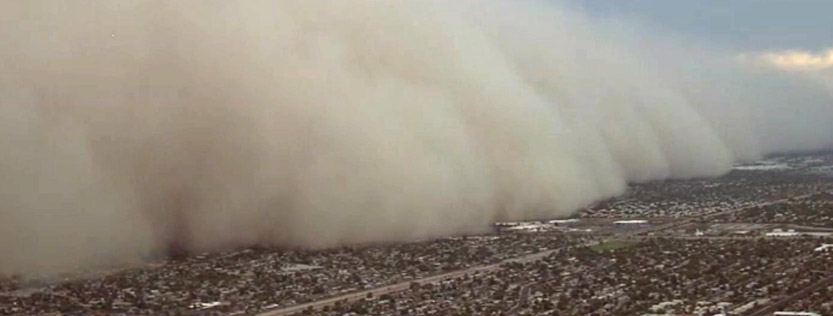Sharing the Road with Tractor Trailers
Ever wonder what the chances are of surviving a collision with a tractor-trailer? A great many factors would determine the outcome. The most significant of these are the size, speed and weight of the tractor-trailer, the state of alertness of the truck driver, and the prevailing road and weather conditions.
By learning some defensive driving techniques to help circumvent the dangers these enormous vehicles pose, you can greatly increase your chances of staying safe and avoid an accident when you share the highway with them.
Keep Your Distance
Semi trucks with trailers can weigh over 80,000 pounds, or 25 to 40 times more than most cars. This incredible amount of weight means it is impossible for them to quickly come to a complete stop. Further, they cannot maneuver easily, so their ability to change lanes or avoid an obstruction on the highway is seriously impeded. Therefore, always keep a safe distance from any tractor-trailer. Never change lanes abruptly, or forget to use your turn signals near these large trucks.
When passing a semi truck, do it quickly to minimize the amount of time you will be driving alongside them. When passing a truck pulling a trailer, the trailer could swerve into your lane unexpectedly. Stay a safe distance behind the rig (a minimum four-second following distance) in case pieces of tire tread or any other parts of the truck fall off and into your path.
Assume the Truck Driver Cannot See You or Hear You
The driver of a truck cannot see you if you cannot see the driver in one of the truck’s rear view mirrors. Even then, assume the driver is tired or not paying attention.
Big rigs have large blind spots, called “no zones.” This means a truck driver many not see your vehicle when you are behind or to the side of the truck. Equally important is to pay close attention when the truck is signally to turn, and to its brake lights.
Never assume the truck driver will be able to hear your horn. A music system, radio, air conditioning, or typical truck noise may prevent the driver from hearing sounds outside of the truck cab.
When Stopping, Pull Way Off the Road
Truck drivers are conditioned to follow traffic. A driver who is tired and not paying attention could inadvertently drive directly into your vehicle without realizing you have stopped, particularly at night. If you cannot get your car far enough from away from the highway, it may be best to get out of your vehicle and stay as far away from it as possible. If visibility is poor due to smoke, fog, snow, rain or dust, or at night, turn your lights off so other drivers will not assume your vehicle is in motion on the highway.
Be Cautious During Adverse Road Conditions
When sharing the road with tractor-trailers, all precautionary measures become far more critical during adverse or unusual driving conditions. One reason is that big rigs are particularly susceptible to bad weather, detours, heavy traffic, construction zones, roads in need of repair, or atypical road conditions such as exit ramps, bridges, obstructions in the road, or sharp curves. Be extra cautious when driving near any tractor-trailer under these circumstances.
Understanding the challenges posed by tractor trailers will greatly increase your chances of keeping you and your family safe when you’re on the road.








